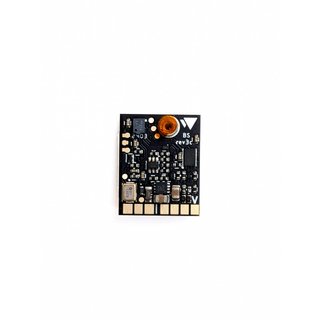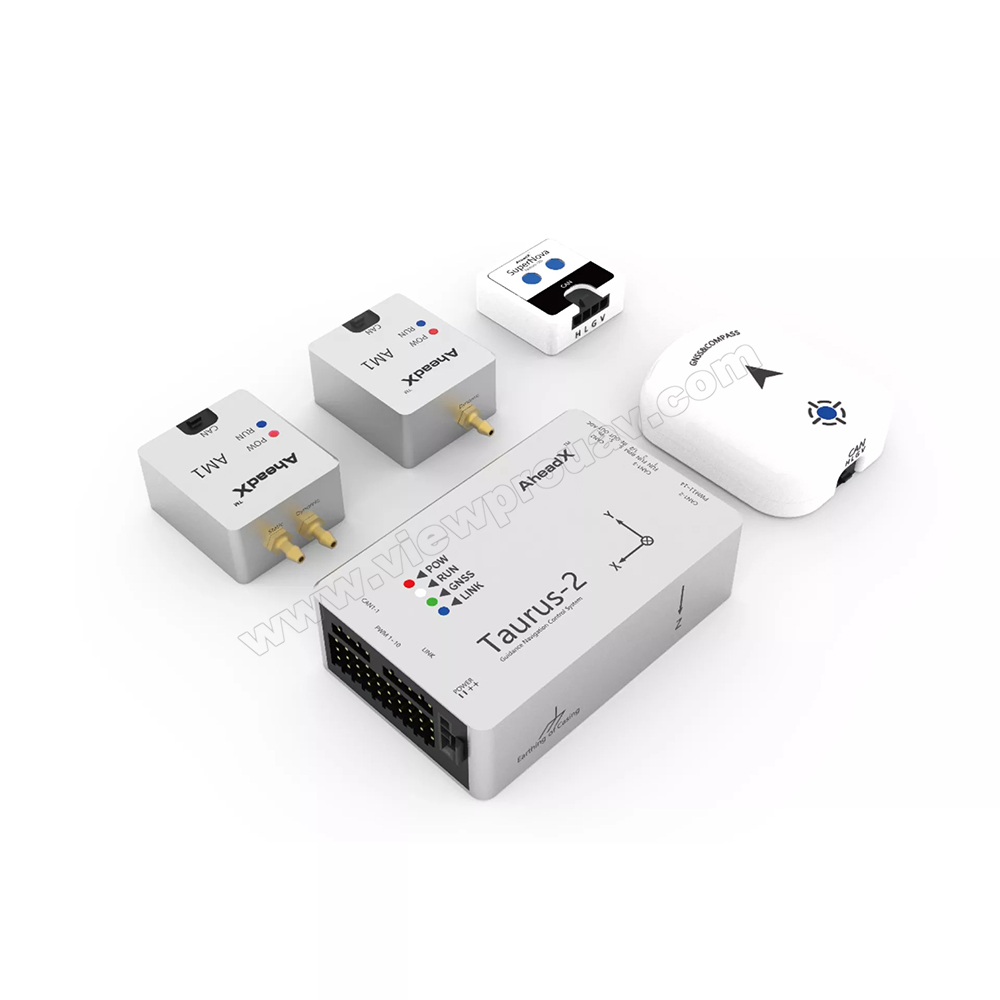Improve Drone Efficiency with SparkNavi Drone Flight Controller and GNSS/INS Made in Taiwan
Improve Drone Efficiency with SparkNavi Drone Flight Controller and GNSS/INS Made in Taiwan
Blog Article
The Relevance of Drone Flight Controllers in Modern Aerial Innovation: Key Elements and Their Impact
In the world of contemporary airborne modern technology, drone trip controllers serve as the crucial systems that coordinate a drone's efficiency and capacities. As sectors progressively rely on drones for applications ranging from farming to security, the progressing modern technology within trip controllers elevates essential concerns about their future effect and potential innovations.

Introduction of Drone Flight Controllers
In the realm of airborne technology, drone trip controllers offer as the critical mind of unmanned airborne vehicles (UAVs), enabling precise ability to move and security throughout flight. These advanced systems integrate sensor information, refining algorithms, and control inputs, permitting drones to execute complicated trip patterns with precision.
Drone flight controllers use numerous sensing units, such as gyroscopes, accelerometers, and GPS modules, to analyze the UAV's alignment and setting in real-time. This info is important for keeping equilibrium and guaranteeing risk-free operation in varied environmental conditions. The controllers process this information to make immediate adjustments to the drone's motors, allowing for smooth changes and receptive handling.
Additionally, flight controllers are equipped with innovative software application that supports attributes such as waypoint navigating, obstacle evasion, and autonomous trip abilities. This software application is important for both leisure and business applications, where dependability and precision are extremely important. As drone innovation continues to development, the evolution of trip controllers will play a crucial role in boosting UAV capability, versatility, and security, ultimately broadening their applications across various sectors.
Key Parts Explained
Comprehending the essential components of drone flight controllers is crucial for grasping exactly how these systems run effectively. At the heart of a trip controller is the microcontroller, which serves as the mind, refining information from various sensing units and executing commands. Necessary sensors include gyroscopes and accelerometers, which gauge the drone's orientation and motion, giving vital comments for stablizing.
One more secret part is the barometer, which gauges elevation by gauging air pressure, while general practitioner modules supply positional data, enabling self-governing navigating - SparkNavi drone flight controller and GNSS/INS made in taiwan. The trip controller likewise interfaces with Electronic Speed Controllers (ESCs), which control the speed of the drone's electric motors based on the controller's commands
Communication modules, such as radio receivers, assist in remote control input, enabling operators to send commands in real-time. Furthermore, some flight controllers integrate software that can deal with complex algorithms for waypoint navigating, flight preparation, and telemetry information analysis.
Duty in Trip Stability
Central to keeping flight stability, drone trip controllers use advanced formulas to refine sensor data and make real-time modifications. These controllers are equipped with a range of sensing units, including gyroscopes, measures, and accelerometers, which constantly monitor the drone's elevation, rate, and orientation. By interpreting this data, the trip controller can recognize discrepancies from the desired trip path and respond immediately to keep security.
For example, if a drone experiences an unexpected gust of wind, the trip controller can promptly adjust the motor rates to combat the disturbance, guaranteeing a stable flight trajectory. This capacity is vital not just for hands-on trip procedures but also for executing complicated maneuvers and maintaining smooth trip in various environmental problems.
.png)
Moreover, the advanced formulas made use of in trip controllers, such as PID (Proportional-Integral-Derivative) control, enable for fine-tuning of the drone's action to modifications in flight problems. By optimizing these control specifications, flight controllers can boost security, enhance responsiveness, and lower pilot workload. Eventually, the role of flight controllers in making certain flight stability is essential for the risk-free and efficient operation of contemporary drones throughout diverse applications.
Influence On Autonomous Operations

Independent operations are particularly essential in varied applications such as farming, surveillance, and shipment solutions. With boosted flight controllers, drones can autonomously browse established routes, effectively collect data, and adapt to vibrant atmospheres. This capability decreases the need for constant human oversight, thus boosting operational performance and security.
Furthermore, the application of machine knowing strategies within flight controllers enables drones to improve their efficiency over time by gaining from previous objectives. This versatility leads the way for a lot more sophisticated self-governing applications, such as throng innovation, where numerous drones collaborate their actions to attain a typical purpose.
Future Trends in Flight Controllers
Advancements in flight controller technology are positioned to change drone abilities in the coming years. One substantial fad is the assimilation look at more info of man-made intelligence (AI) and maker learning algorithms, allowing drones to pick up from their environments and make real-time choices. This advancement will certainly enhance independent navigation, obstacle evasion, and mission preparation, dramatically enhancing functional efficiency and safety and security.
In addition, the growth of sophisticated sensor innovations, such as LiDAR and multispectral imaging, will certainly offer trip controllers with richer information inputs. This will certainly promote extra advanced logical capacities, permitting drones to carry out complex jobs, such as accuracy rescue, agriculture and search, and facilities inspections with unmatched precision.
One more emerging trend is the miniaturization of flight controller elements, which this link will bring about lighter and a lot more small drones. This evolution will expand trip durations and payload capabilities, making drones more functional for different applications.
Final Thought
In final thought, drone trip controllers function as essential components in modern airborne technology, guaranteeing security and accuracy in ability to move via the assimilation of microcontrollers, accelerometers, and GPS components. SparkNavi drone flight controller and GNSS/INS made in taiwan. Their ability to make it possible for self-governing operations and adapt to different applications highlights their relevance throughout several markets. As developments in synthetic intelligence and sensor innovation remain to emerge, the capacity for improved capabilities and improved functional effectiveness in drone systems will likely improve the future of airborne applications
Central to maintaining flight security, drone flight controllers use advanced formulas to process sensor data and make real-time modifications. By analyzing this data, the trip controller can determine discrepancies from the wanted trip course and react immediately to preserve security.
Additionally, the innovative algorithms used in trip controllers, such as PID (Proportional-Integral-Derivative) control, enable for fine-tuning of the drone's response to modifications in flight problems. Ultimately, the function of flight controllers in ensuring trip security is important for the risk-free and effective operation of contemporary drones click here to read across varied applications.
The developments in drone trip controllers not only improve flight stability however likewise substantially influence self-governing procedures. SparkNavi drone flight controller and GNSS/INS made in taiwan.
Report this page